Columns of basalts from an old volcanic eruption. A snowflake. Beehives. Corals, crystals, and a lot of other structures, both biological and non-biological, feature hexagons. Why does nature, which often seems so messy and irregular, seem to prefer this shape? Well, as it turns out, it’s all about geometry and physics.
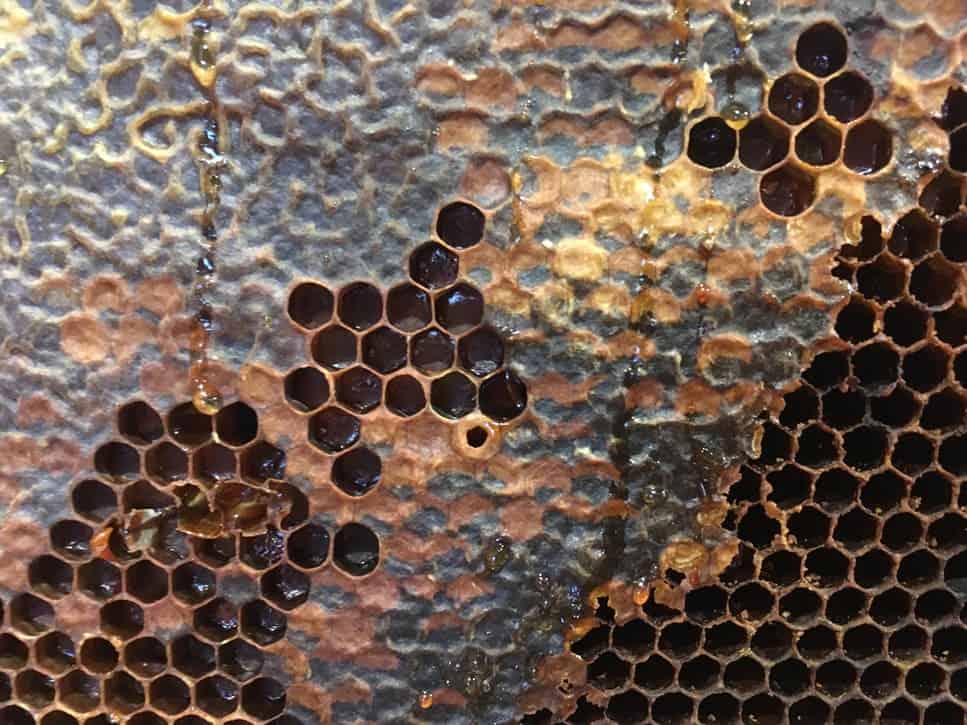
Bees spend a lot of time working, but they don’t like working in vain — bees are nothing if not efficient. Bees also build their honeycombs efficiently, and the hexagon shape helps with this.
Honeycombs are made from beeswax produced by worker bees. They produce wax from special glands in their body, which they then mix with a bit of honey and pollen they chewed up to produce the beeswax. The combs will serve as storage vessels for honey, as well as chambers to raise young bees in.
It’s all fine and dandy so far, but why hexagons?
Ancient philosophers also wondered about this. The Greek philosopher Pappus of Alexandria who studied hexagons over 1,600 years ago considered that bees have “a certain geometrical forethought” while entomologist William Kirby thought that bees are “heaven-instructed mathematicians”. Even Charles Darwin was curious about bee hexagons, and carried out experiments to see if bees can build hexagonal combs using their instincts alone, or if it is a taught behavior.
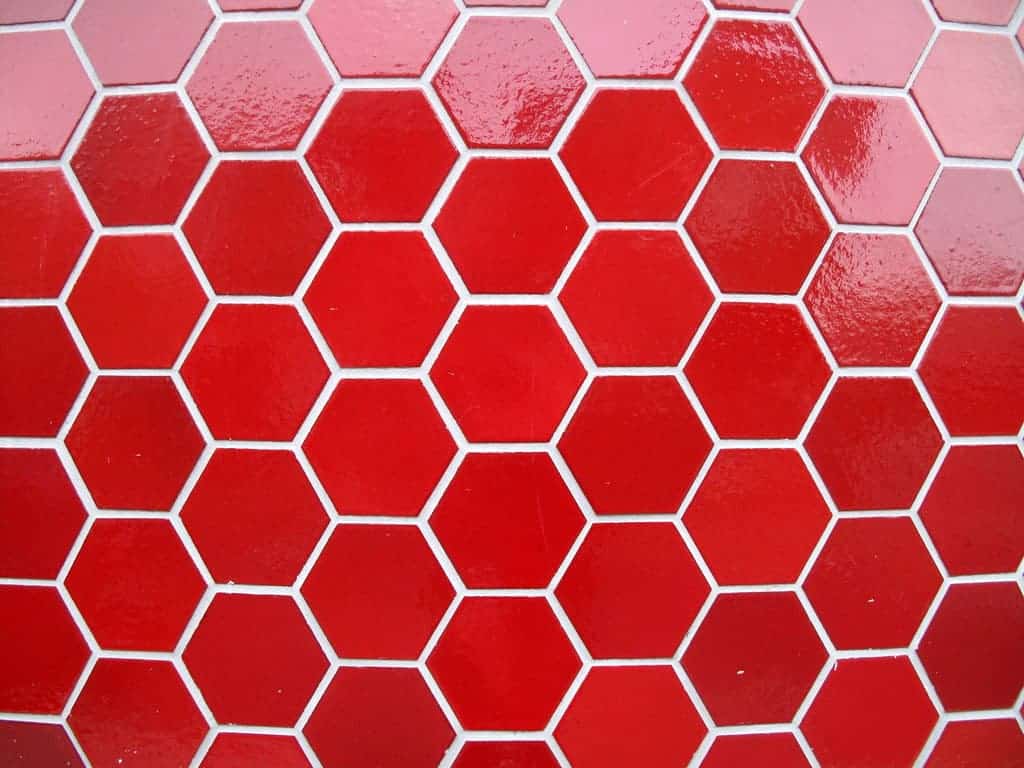
By Darwin’s time, people had a pretty good understanding of hexagon geometry — especially when it came to covering surfaces. If you want to use one shape and one shape alone to cover a flat surface, there are only three shapes that work: equilateral triangles, squares, and hexagons. Out of these, hexagons use the least amount of separating wall, so it makes sense that bees would prefer them, because it means they need to use less beeswax. As Darwin declared, this is the most efficient solution, and the hexagonal honeycomb is “absolutely perfect in economizing labor and wax.” Bees were indeed endowed with some geometry.
Bees are far from the only creatures that employ hexagons. The scutes in the central part of tortoise shells are hexagonal — again, because it’s such an efficient way of covering a surface. But hexagons don’t really work as well on curved surfaces like a tortoise shell, so the shell also features a ring of pentagons and irregular shapes.
The extinct coral Cyathophyllum hexagonum is even named for its hexagonal shape, and several diatoms (a major group of algae) are also hexagonal. But perhaps no biological structure is as strikingly hexagonal as the eyes of dragonflies.

The eyes, consisting of some 30,000 hexagons interlaced in a dazzling array are some of the best in the animal world. In fact, the dragonflies’ eyes consist of regular hexagons, with only three of these hexagons meeting at any given intersection point (or vertex).
Dragonflies have two large compound eyes with thousands of hexagonal lenses (as well as three eyes with simple lenses, but let’s leave those aside for now). The hexagonal lenses are connected through a long, thin, retinal cell beneath. In fact, many insects have eyes that employ hexagonal shapes, and the rule always seems to be that only three cell walls can meet at any vertex.
In fact, if we move away from the biological world for a moment, we find the exact same rule governing something completely different: bubble foam.
Although bubble foam remains notoriously hard to solve mathematically, foam is known to often tend to form hexagonal shapes. In this case, it’s about finding the structure that has the lowest total surface tension (which means least area of soap-film wall), and that shape happens to be the hexagon.
Of course, foam structures are rarely perfectly hexagonal (and sometimes they’re not hexagonal at all), because they also have to be mechanically stable (and withstand things like wind). To make matters even more complex, the 3D arrangement brings even more complexity to the problem. Despite their propensity for hexagons, foams are rarely orderly.
There has actually been a surprising amount of debate about the shapes that foams can adopt, with researchers suggesting 3D 14-sided polyhedrons and even some crazier and more disorderly shapes. But this is where it gets interesting. The rules that govern cell shapes in foams also seem to control some patterns in living cells. It’s not just that some fly eyes have the same hexagonal patterns as bubble foams, but the cells inside individual lenses are also clustered in ways that seem to follow the geometry of bubble foams. It’s a striking case of physics and mathematics directing shapes in the biological world.
Foams are far from the only hexagonal shape in nature. Perhaps the most striking one is volcanic columnar jointing.
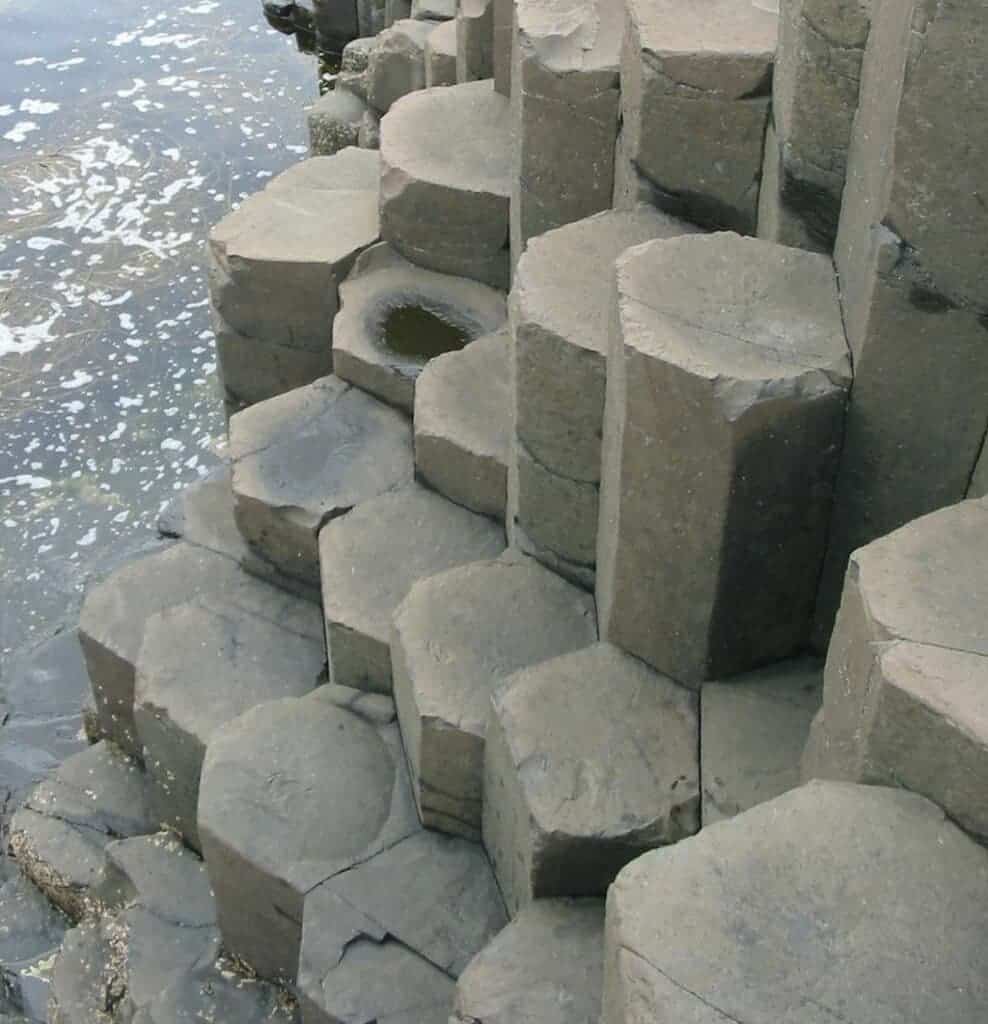
Some volcanic eruptions (especially those that produce basaltic rocks) can give birth to striking hexagonal formations which have puzzled people for centuries. There are formations like this in many places around the world, ranging from sort-of-hexagonal to almost perfectly hexagonal. Thankfully, we have a pretty good idea of how these form.
When a volcano erupts, it can spew out hot lava. As it flows on the surface, the lava starts to cool down — and as it cools down, it contracts. This shrinkage produces more and more pressure, and eventually, cracks form. As it turns out, the angle that releases the most tension is 120 degrees — which, if you’ll remember, is the internal angle in a regular hexagon.
But not all lava cools at exactly the same time, and some areas may still be flowing while others have solidified, which can make shapes more imperfect. It’s striking that oftentimes, the angle is remarkably close to 120 degrees.
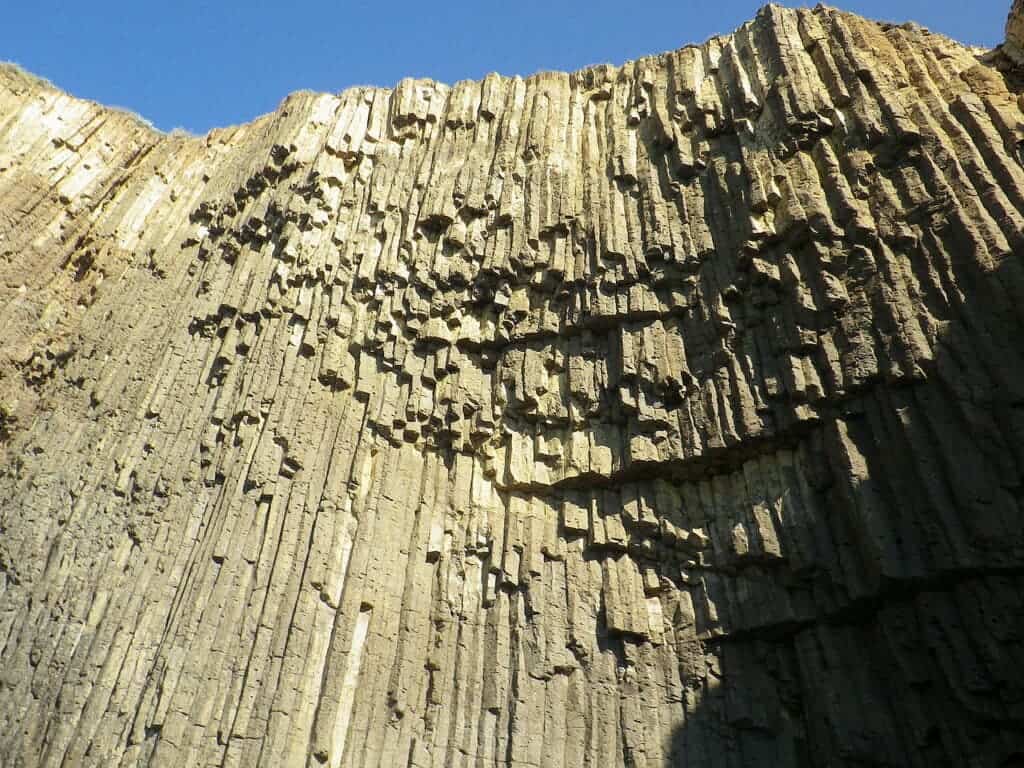
If you’re still not sold on hexagons in nature, here’s another example: snowflakes.
Sure, every snowflake is unique, but all snowflakes have six sides or points, and that’s because of the way they form. Snowflakes’ external shape reflects their internal structure. Hexagonal structures allow water molecules (with their one atom of oxygen and two of hydrogen) to group up together in the most efficient way.
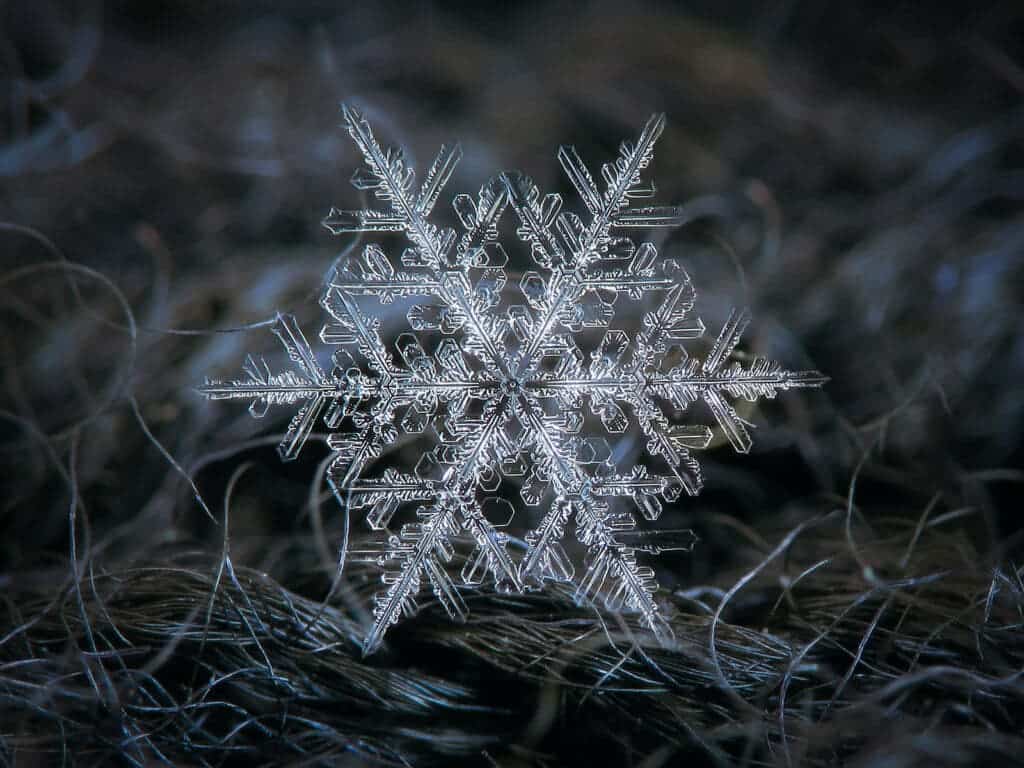
In fact, if we zoom in, snowflakes are far from the only crystals to have a hexagonal structure. There’s a whole family of crystals (called the hexagonal crystal family) whose internal structure comprises hexagons or hexagonal types of structures.
If we zoom in even more, we’ll find yet another hexagon shape. As any chemistry student will be quick to point out, hexagons are the basis of organic chemistry. When six carbon atoms bond, the angle is 120 degrees — which should already be familiar by now. The six bonded carbon atoms form a perfect hexagon also called a benzene ring.

There’s one more example we should look at, and we’ll jump from the very small to the very large. The planet Saturn has one of the most peculiar hexagons in the solar system: a cloud pattern that’s about 14,500 km (9,000 miles) long; it’s bigger than the whole diameter of the Earth. The hexagon-shaped cloud pattern consists of gases moving as fast as 320 km/h (200 mph), and is believed to be up to 300 km (190 miles) thick. Yikes!

So why is it that hexagons tend to show up so often in nature? Well, it depends how you look at it. It can be an efficient way to conserve mass or energy, or simply a way to arrange atoms in a way that they’re stable. It can be simply something owed to its geometry.
Inevitably, nature is not always exact. Nature tends to dislike very fixed things — but it likes patterns and sometimes it likes hexagons. Perhaps, by knowing and being aware of this, we can enjoy these hexagons even more when we come across them.


